Sustainable forestry and agriculture
We are paving the way for sustainable agriculture, ensuring food security for generations to come. By leveraging digital and sustainable technologies, we can balance productivity with environmental stewardship, building a brighter future for our planet and its people.”
“Digital twins are virtual replicas of physical farming environments. They use real-time data from sensors, satellites, and drones to create a complete digital model of the farm. From monitoring soil moisture and crop health to predicting yield and detecting pests, digital twins give farmers unparalleled insight into their operations.”
Thanks to digitalization farmers make data-driven decisions: They can optimize irrigation, reduce fertilizer usage, and minimize environmental impact while increasing productivity. This technology ensures farming is more efficient, sustainable, and resilient to climate challenges.”
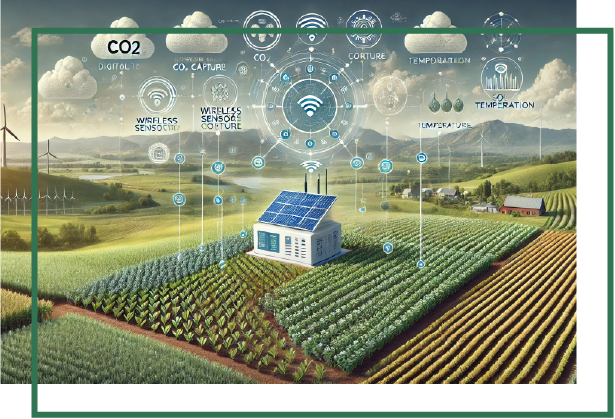
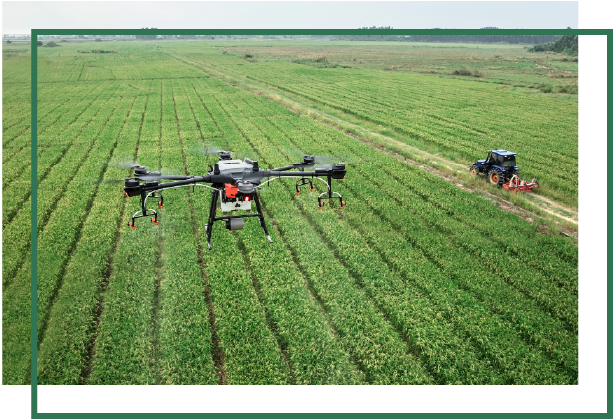
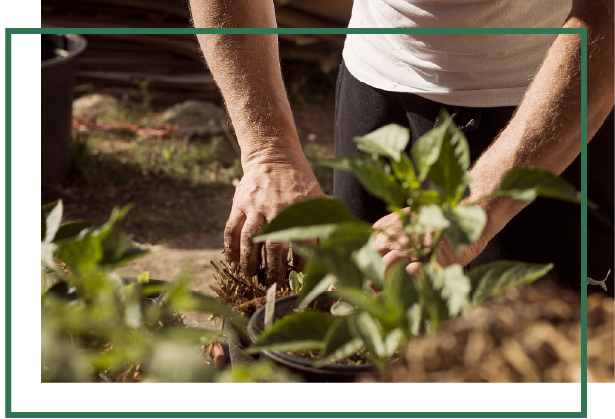
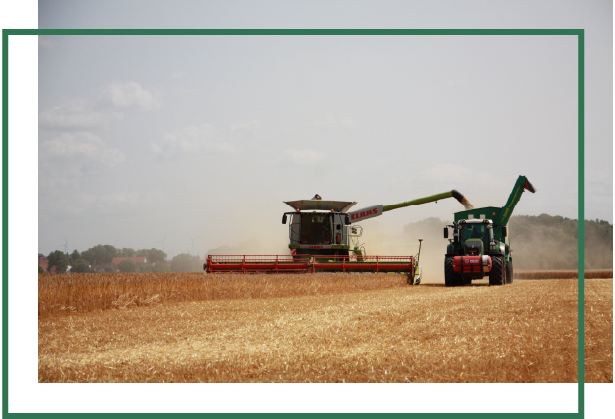
Sustainable, eco-friendly fertilizers are key to feeding the world while protecting our environment.
Through innovation and rigorous testing, we can build a greener, healthier future for agriculture.
Fertilizers are essential for feeding the world, but traditional chemical fertilizers can harm the
environment. Today, we’re rethinking fertilizers with eco-friendly alternatives designed to nourish crops while protecting our planet. Eco-friendly fertilizers are designed to minimize environmental harm while maximizing crop nutrition. These solutions:
- Reduce nutrient loss through runoff.
- Improve soil health and biodiversity.
- Lower emissions associated with fertilizer production and use.
We test eco-friendly fertilizers in controlled environments and on real-world fields,thanks to our living labs, thus ensuring their effectiveness and sustainability.
“New technologies, like digital twins, offer innovative ways to manage and protect forests. These virtual models monitor the health and growth of trees in real-time, providing insights into carbon absorption, disease risks, and ecosystem health. With drones and satellite imagery, we can track every tree, ensuring that forestry practices remain sustainable and adaptive to climate challenges.”
Digital twins are gaining traction as a powerful tool for protecting forests against wildfires. These systems enable proactive forest management by simulating forest ecosystems, predicting fire risks, and aiding in resource planning. By leveraging technologies such as remote sensing, machine learning, and Internet of Things (IoT) devices, digital twins offer a holistic approach to monitoring forest health, optimizing fire prevention strategies, and ensuring rapid response during emergencies.
Key technologies driving the adoption of digital twins for forest fire protection include remote sensing, such as satellite imagery and LiDAR, which provide detailed, high-resolution data on forest topography, vegetation density, and moisture levels. IoT-enabled sensors deployed across forests monitor environmental conditions in real time, including temperature, humidity, wind speed, and soil moisture, which are critical for predicting fire risks. Advanced machine learning algorithms analyze this data to model fire spread patterns, simulate potential scenarios, and assess the effectiveness of fire mitigation strategies. These insights are integrated into the digital twin, enabling forest managers to take preemptive actions.
Drones equipped with thermal cameras can identify hotspots and assess damage after a fire. Combined with digital twins, this technology creates dynamic models that can predict the progression of fires under various weather conditions and resource constraints. By integrating these tools, digital twins empower forest managers to not only predict and prevent wildfires but also to coordinate firefighting efforts and assess post-fire recovery, ensuring long-term forest resilience.
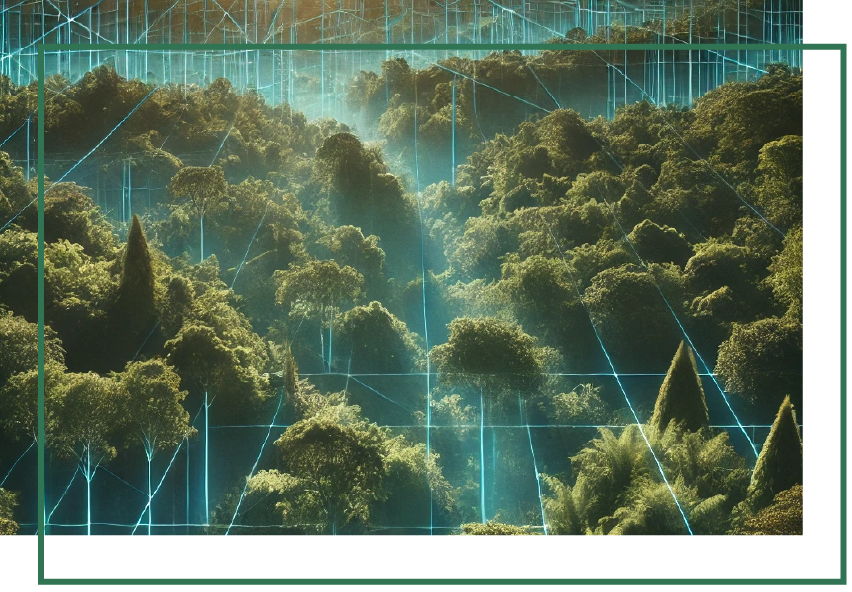
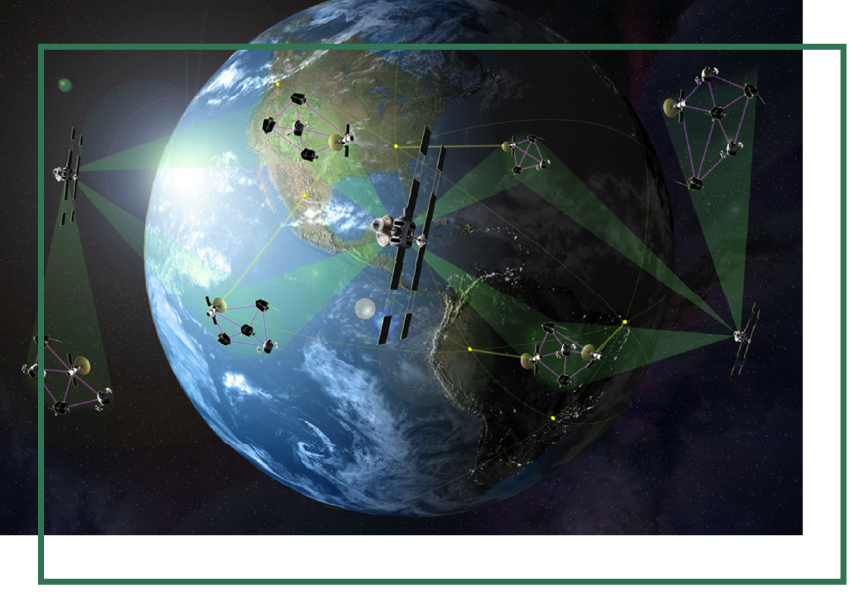
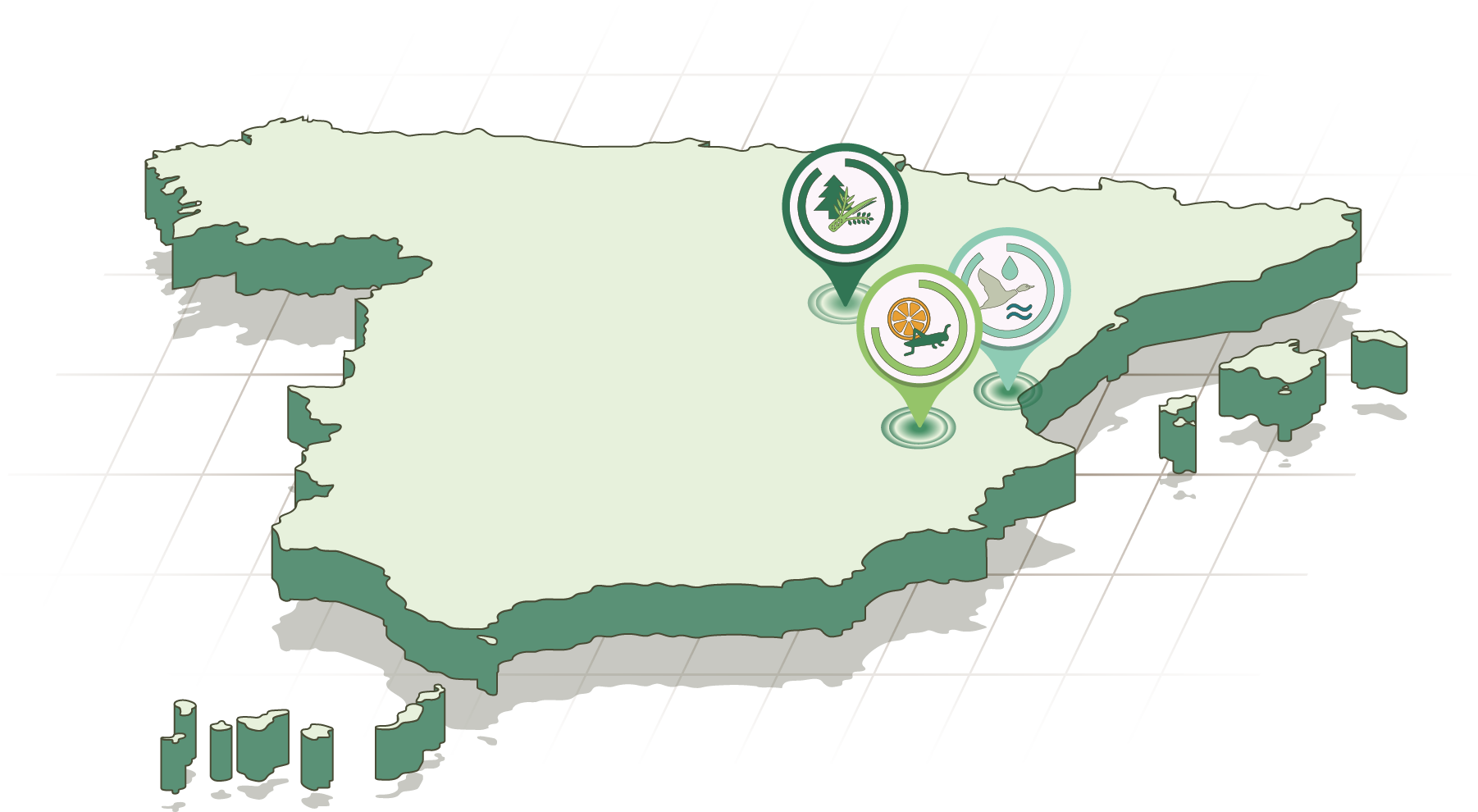

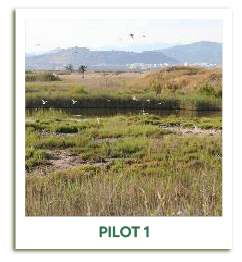
Water management

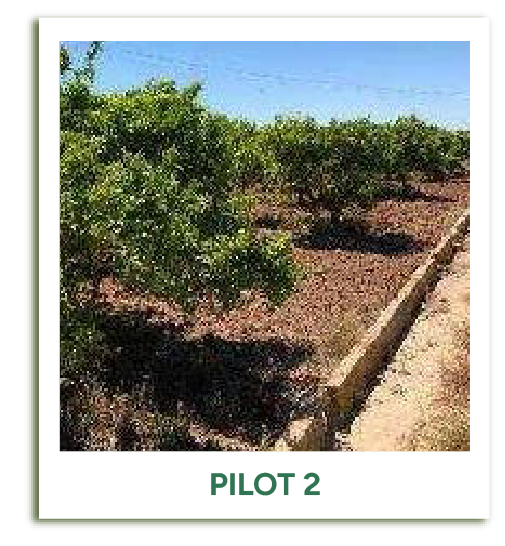
AGRICULTURE
Mediterranean fruit tree plantation, 12 ha clementine fruit trees under production.
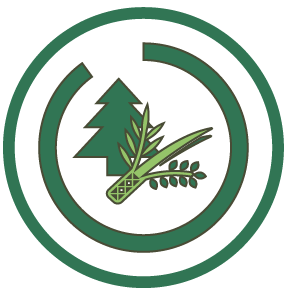
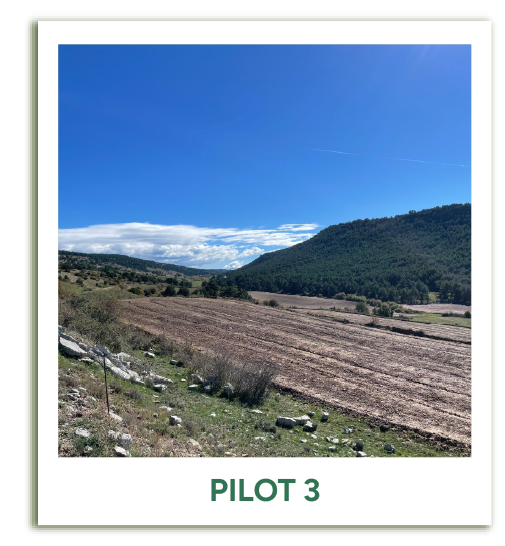
FORESTRY, AGRICULTURE AND LIVESTOCK